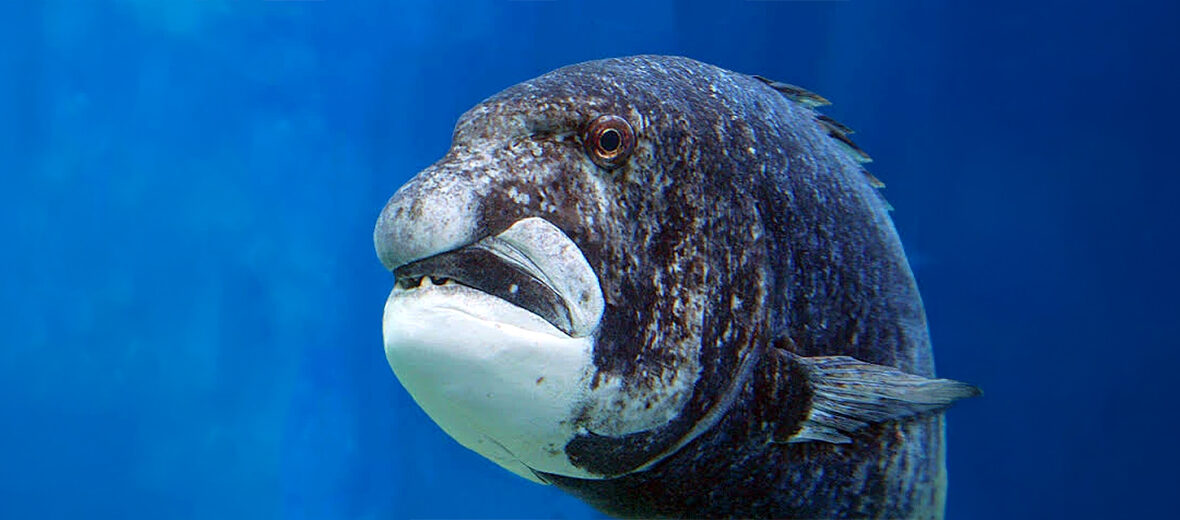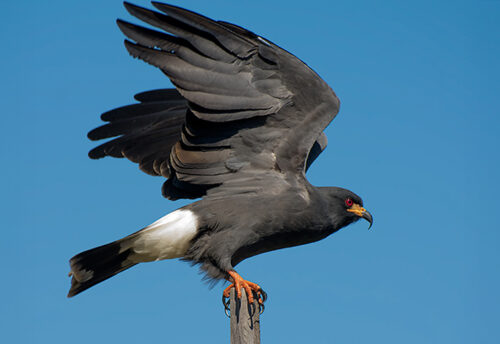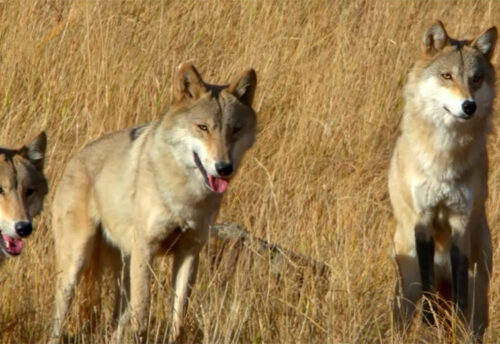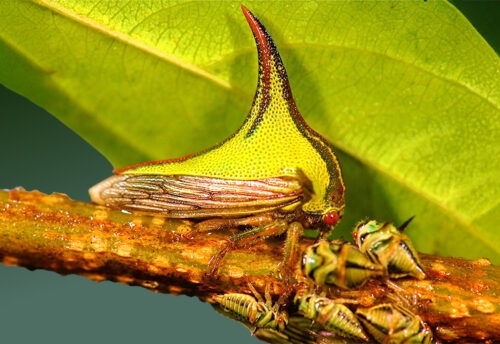
The black musselcracker hails from the Atlantic and Indian Oceans off of South Africa. These fish are ray-finned, which are in the bony fish classification. Due to high residency, slow growth, late maturity, longevity, and hermaphroditism (being both male and female), they suffer from overexploitation. Male and female sex ratios are heavily weighed towards females, which is exacerbated by the removal of large males from the population. Plus, their aggressive nature as dominant reef habitat predators further accentuates their vulnerability to capture. They are overfished by locales, who primarily take the larger males. As a result, the IUCN lists these fish as Vulnerable. Their populations are also decreasing.
First the Stats…
Scientific name: Cymatoceps nasutus
Weight: Up to 76 lbs.
Length: Up to 59 inches
Lifespan: Up to 45 years
Now on to the Facts!
1.) It’s suspected that females may be changing sex at a smaller length and a younger age as a result of overexploitation.
2.) They were first described in 1861 by the French naturalist Francis de Laporte de Castelnau.
3.) Their generic name Cymatoceps is a combination of cymatos, which translates to “swelling” or “bump”, and ceps, meaning “head”.
4.) The specific name nasutus translates to “large-nosed”, and is a reference to the large fleshy, protuberance on their snout.
5.) These fish can be found at depths of up to 262+ feet.
But wait, there’s more on the black musselcracker!
6.) A variety of crustaceans (such as crabs and shrimp), echinoderms (aka worms), and mollusks (aka snails), clams, and of course mussels are all on the menu.
7.) Spawning occurs between May – October.
Did you know…?
This species is thought to be a protogynous hermaphrodite. This means that they are capable of changing their gender at a given point in their life to meet the needs of their survival and reproduction. Clownfish are another example of this.
8.) While being quite sedentary, there has been a trend in these fish moving up the coast of South Africa.
9.) These fish are overharvested before they are old enough to reproduce. This, coupled with their slow growth rate and sexual maturity age puts a huge strain on their numbers.
10.) There are now regulations in place to protect this species. The primary rule is that each fisherman is allowed only 1 fish, minimum length of 19.69 inches, per day. Due to these new regulations, in some regions of South Africa, black musselcrackers are actually on the rise.
Now a Short Black Musselcracker Video!
Be sure to share & comment below! Also, check out the Critter Science YouTube channel. Videos added regularly!

Want to suggest a critter for me to write about? Let me know here.
Some source material acquired from: Wikipedia & IUCN
Photo credit: Animals Wiki



